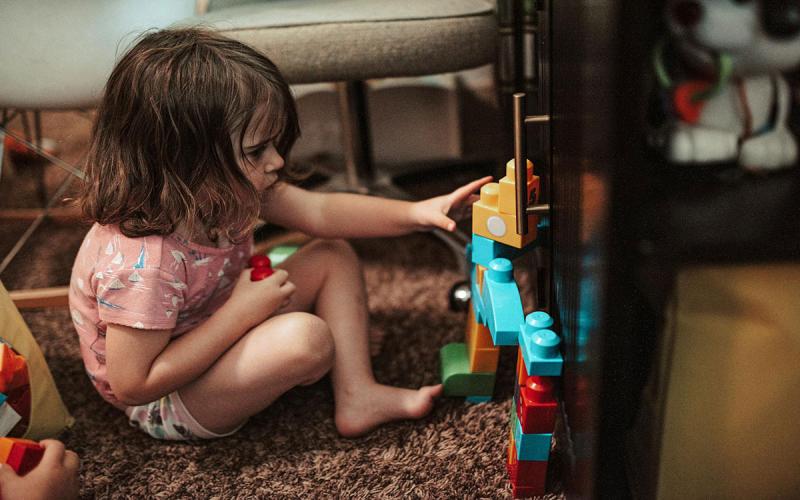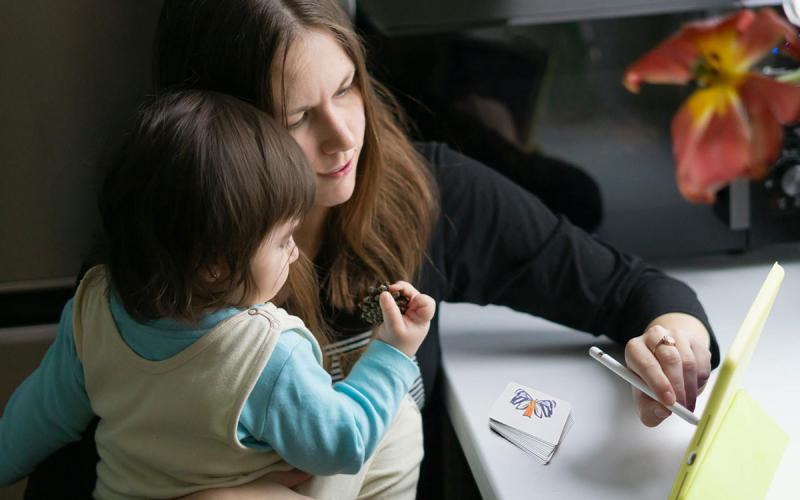When kids are born, they are wired to feel emotions. It is important for adults to surround them with a caring and supportive environment to learn how to manage these emotions/feelings and have healthy relationships.
Milestones and Strategies

Here are some milestones and strategies to help navigate these stages of emotional development:
- 0-24 months: The days up to 1 year they will express emotions intensely such as giggling to show happiness and cry to show unhappy or need something. At 12 months they will start to develop more complex emotions such as fear of strangers and by 24 months they will have built strong attachments making separation anxiety a common emotion/stressor.
- Strategy: Show face in a mirror
- 2 years: More aware of their emotions and may use items to comfort themselves such as blankets or toys. Begin to show empathy towards others and will still express strong feelings through body language (aka tantrums).
- Strategy: Read together and point out characters’ expressions as you name the emotion they are showing.
- 3 years: Will begin to show concern for other’s feelings and use names for simple feelings such as “I’m mad or happy”.
- Strategy: Play a game of feeling charades to show ways to express emotions.
- 4 years: Begin to understand feelings and explain why they feel that way into more words. Their brains will also begin to develop self-control strategies such as breathing to calm down.
- Strategy: Make a poster to show strategies to manage feelings such as belly breathing or asking for a hug.
- 5-6 years: Understand that friends may have different feelings and like different things and can manage feelings successfully most of the time.
- Strategy: Continue practicing ways to focus their attention and manage emotions when they come up.
For more information on early childhood development and resources, contact Audrey Rider.


